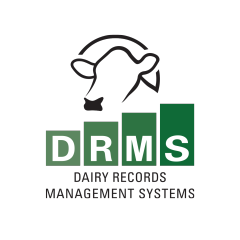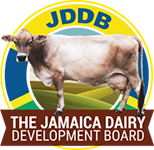To ensure productivity of any dairy farm, proper record keeping management should be in place. Record Keeping can be done manually (written form) or on a computerized system. It is important as a dairy farmer that records are maintained and updated on a regular basis. It is also important that every animal is identifiable.
Identification may be name or number depending on the farm’s needs. When more than one person does the chores, a good identification system is helpful. For example it can be used to identify a cow that needs special care during milking.
Every number or name of an animal should be recorded on each of its records. This will help to find records and also ensures that records are not misplaced.
Categories of Identification
There are two categories of identification system
- Temporary
- Permanent
Both systems are based on how easy or difficult it is for animals to lose them. Ear tags, neck chains and ankle tags are considered temporary marks. Permanent marks are marks that cannot be lost. They include hot brands, freeze brand and tattoos

Maintaining and monitoring of records on dairy farm can help with the following:
- Supervision and Herd Management
- Progeny testing
- Detection of diseases and any abnormal conditions within the herd.
- Identify common occurrences of disease within the herd
- Pedigree and Historical of Animals
- Designing of Breeding Plans
Types of Records Kept on a Dairy Farm
- Milk Production Records – this is important to keep maximum profit levels. The production of each cow must be studied, this helps to make accurate decisions about production and profitability, hence it is necessary to periodically weigh and test the milk from each cow.
- Herd Health Records - these can include: animal diseases, disease history, treatments received for each disease.
- Cattle Breeding Records – are useful in establishing a date to dry off a cow, show the date the cow is expected to calve, draw attention to infertile bull, diagnosing reproductive problems, establish a breeding date for animals, determining a good feeding program, identifying the parent of a calf and setting a date to examine a cow for pregnancy.
- Calving Records – number of calves, sex of calf, date of births, sire and dam names/numbers,
- Heat Detection Record – date of heat, length of time in standing heat.
- Calf Register- Number of calves, date of births, identification number, birth weights.
- Animal History Record- breed, date of births, drying off dates.
- Veterinary Records – veterinary medicines, date of administering, veterinarian who administered, vaccination records.
- Financial Records – feeding cost, equipment, identify income and track deductible source expenses, helps with regulatory compliances, help to monitor the growth of the business.
- Feed Records – concentrate amounts, date of arrival of feed, types of feed and the quality of feed.
- Equipment Records – servicing dates


